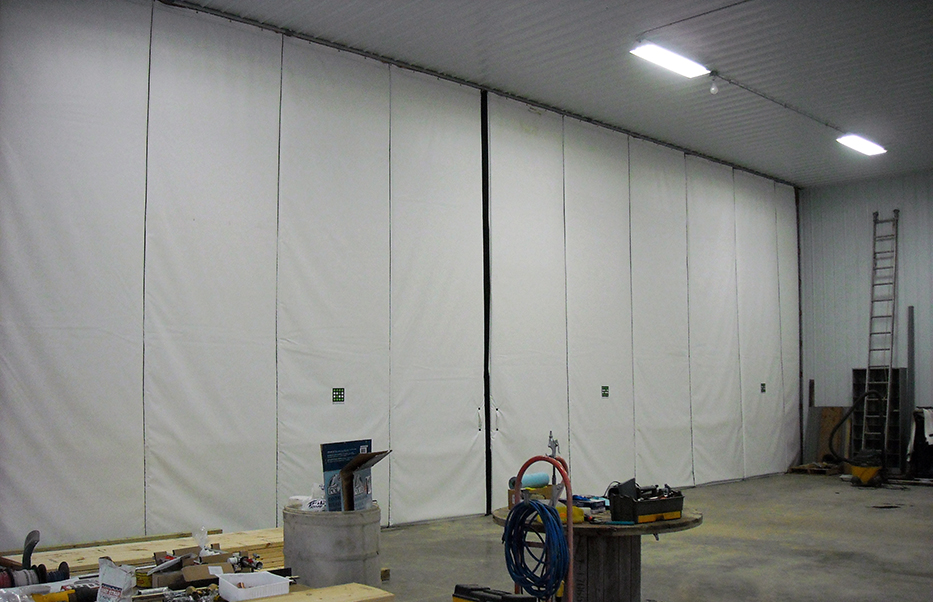- Home
- News
- How Insulated Curtain Walls Work for Humidity Control Applications
How Insulated Curtain Walls Work for Humidity Control Applications
Most humidity control applications simply involve separating a higher humidity space from a lower humidity space. Examples of humidity control might include preserving a high humidity environment for short term storage of vegetables such as lettuce and spinach or maintaining low humidity for storage of uncoated machine parts or electronics to minimize oxidation (rusting). In both situations, insulated curtain walls are a great solution, but why? In this blog post, we will look at how insulated curtain walls work for humidity control applications.

Good to Understand
Before I explain how insulated curtain walls work for humidity control, you need to understand one thing: humidity and temperature are closely related. A change in the air temperature will cause an automatic change in relative humidity. Therefore, it is important to control temperature when trying to control humidity.
Maintaining a Low Humidity Space
Maintaining a low humidity space in the midst of a high humidity environment requires two basic components: an insulated barrier to surround the space and a mechanical chiller to de-humidify, cool, and circulate the air within the space. An insulated barrier is desired so that the exterior surface of the barrier does not become cool enough to drop below the exterior (higher humidity) dew point, causing condensation (moisture) on the exterior of the barrier.
An insulated curtain wall is an excellent choice for this barrier. In addition to the obvious benefits of adaptability, quick installation, and re-configurability, the typically vinyl covered surfaces are inherently water proof, protecting the insulation inside from the effects of condensation. The insulation itself inhibits the transfer of heat away from the outer surface, keeping the outer surface temperature above the dew point of the exterior air so there is no condensation. Additionally, higher quality insulated curtain walls will use insulating materials treated with an anti-microbial agent to prevent mold or mildew should moisture manage to migrate inside the curtain through a tear or scrape. Finally, the reduced heat transfer across the insulated curtain wall allows the mechanical chilling equipment to operate using less energy.
Maintaining a High Humidity Space
The principles are the same in the case of maintaining a high humidity space, at least from the barrier standpoint. While a mechanical chiller is not used, some source of moisture is, whether it be misting sprinklers or the addition of high humidity air flow into the space. Once again, the vinyl coated fabric covering the insulation is an effective way to keep the moisture and moist air inside the space, without concerns about mold or mildew on the curtain walls themselves. While inhibiting heat transfer is less important, the insulated curtain wall still plays a role maintaining temperature to reduce temperature (and therefore humidity) fluctuations.
Back to News